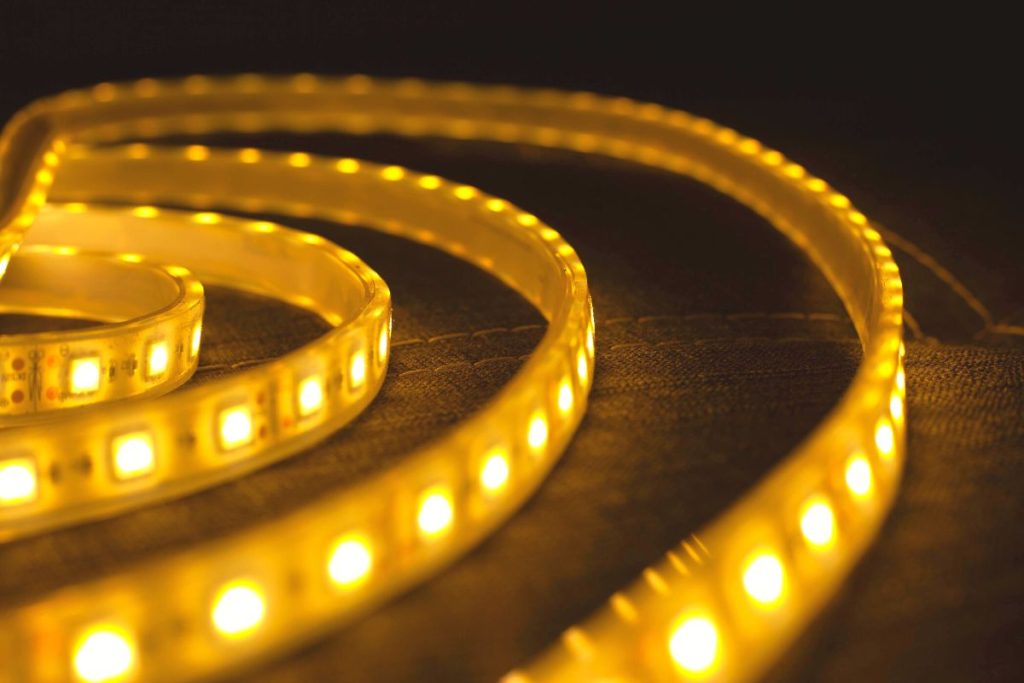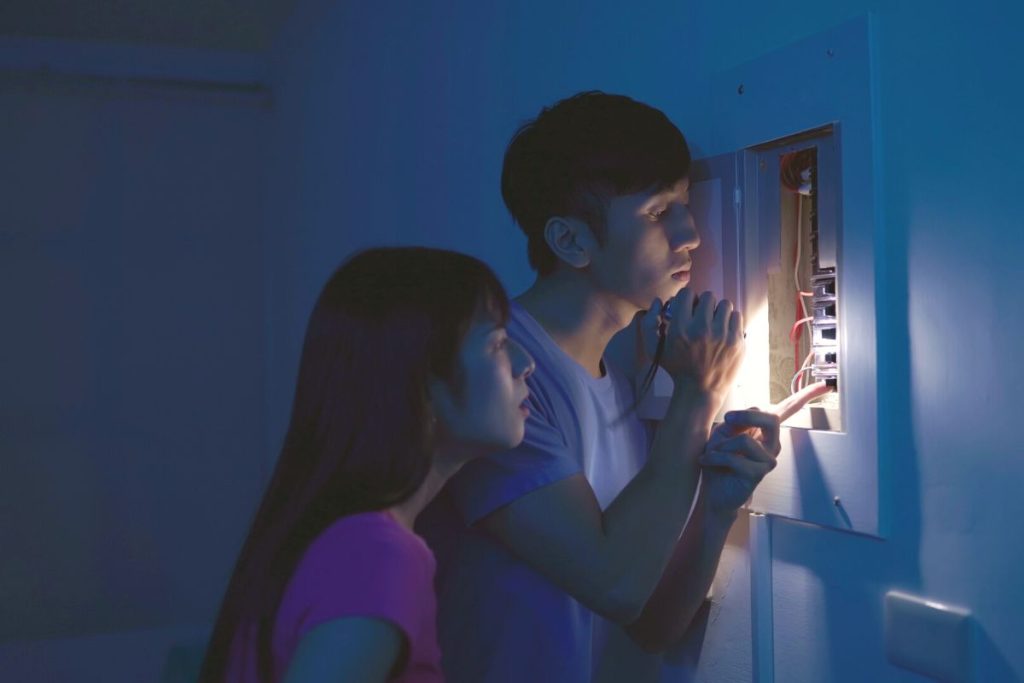With globalization and technology expanding the number of options consumers have, LED lights have grown in popularity in the lighting market. We see them all over Brisbane and the demand for that type of light is definitely high! However as is with most things these days, it can sometimes be difficult to know what is the right option for you.
LED (light emitting diode) lights are in high demand due to them producing light up to 90% more efficiently than the traditional incandescent light bulb options. It’s not uncommon for our clients who are looking at upgrading their electrical installations to request a full change to LED for that reason.
How do LED lights work?
LED lights contain a microchip within, which an electrical current passes through and illuminates a number of very small light sources which results in light. LEDs also come with built-in heat sinks to absorb whatever heat the LEDS produce.
What is the lifespan of a LED product?
LEDs’ two stand-out qualities are their energy efficiency and their very long life span. In comparison to their counterparts, an LED light lasts 50 times longer than your average incandescent light bulb, 20 to 25 times longer than a halogen light bulb, and between 8 and 10 times longer than a CFL (compact fluorescent lamp). LED bulbs last so long, that if you use one for 8 hours a day you would use that bulb for a whopping 17 years! Increase the usage to 12 hours a day and you wouldn’t have to replace it for 11 years! It’s hard to deny an LED light’s value for money.
When compared to other options in the market, an incandescent light bulb will only illuminate for 1000 hours and a CFL option will work for between 8,000 and 10,000 hours. LED lights, on the other hand, will be operational for 30,000 to 50,000 hours!
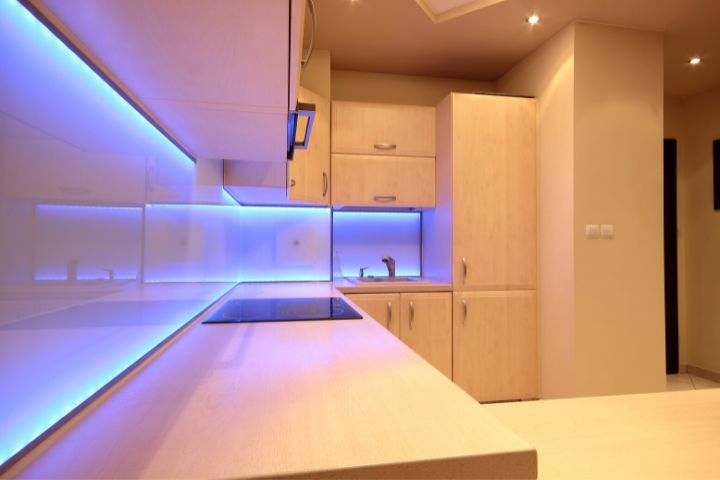
Whereas incandescent light bulbs burn out towards the end of their lifespan, LED lights gradually become dimmer, presenting the opportunity to prepare for their replacement with plenty of time to spare.
In terms of the heat generated and given off by the bulbs, LEDs produce 2 to 3 times less heat than CFLs and a significant 6 times less than incandescent bulbs. LED lights don’t give off too much heat however it is important that you are mindful of where you are installing them, preferably in a location that is well-ventilated.
Why Should I Buy an LED Light?
Environmentally Friendly
LED lights are mercury-free, unlike CFL lights. The lack of mercury and the minimal amounts of electricity required for an LED to operate makes it an environmentally friendly choice. Less energy consumption equates to less greenhouse gas emissions. With climate change becoming an increasing worry for all of us, LED lights provide a great option to reduce our carbon footprints to go along with several other benefits.
Budget Friendly
Due to its longevity LED lights work out to be the most cost-effective option, giving you the most bang for your buck. A fantastic option for public buildings and offices, where lights need to be on for most of the day and on some occasions, for twenty-four hours. Their incredible life span means once they’ve been installed you can forget about them for a number of years, reducing maintenance, replacement and labor costs.
They are equally as effective in homes and great for rooms which are used frequently such as the kitchen or living room areas. If you want to make further savings, you can couple LED lights with sensors, so that they are only on and working when movement is detected, i.e someone is in the area, and switch off automatically when they are no longer needed.
LED Maintenance
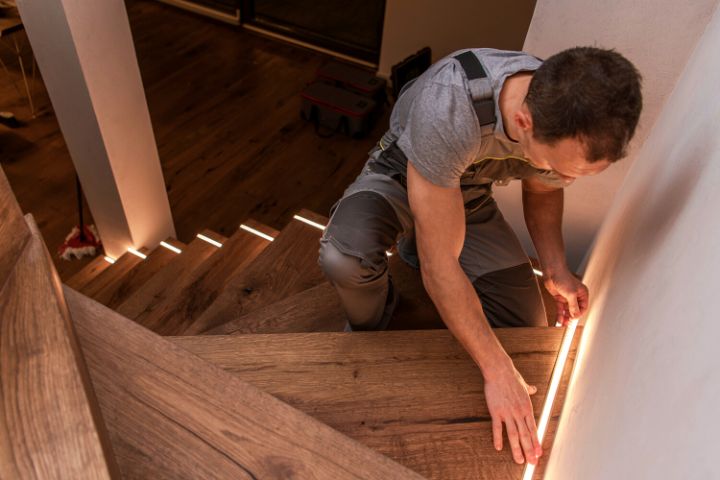
While LEDs don’t burn out, if you ever find yourself wondering, ‘Why are my LEDs flickering,’ it may be time to take a closer look. When LEDs begin to reach the end of their lifecycle, there will be a noticeable reduction in the diode’s brightness. This can be avoided, however, if the LED is maintained properly, i.e dirt and debris are wiped away on a semi-regular basis and the LED is kept clean and ventilated in general.
Here are some tips for maintaining your LED lights well.
Clear the Installation Area
A large majority of LED products are designed to make them easy to install and come with a built-in option of adhesive mounting. It’s recommended that once installed, the LED fixture should not be moved around too much and remounted, so when you have chosen the space for where you want it to be, clear the area of any debris and wipe it down so that it’s dust free.
If installed on a rough surface area it is worthwhile sanding it down first and cleaning the area with a cleaning detergent, such as rubbing alcohol, could also be useful to not interfere with the effectiveness of the strength of the adhesive.
Handle With Care!
LED lights contain strips that contain a number of delicate components. These components can become dislodged or break quite easily. Therefore it’s recommended that you are mindful when handling LED lights during transportation and installation.
It’s also recommended that once they are installed they are not touched or fiddled with too much. The more the LED light is touched and messed around the more likely it is that it could develop problems and hinder its performance and lifecycle.
Keep them away from moisture!
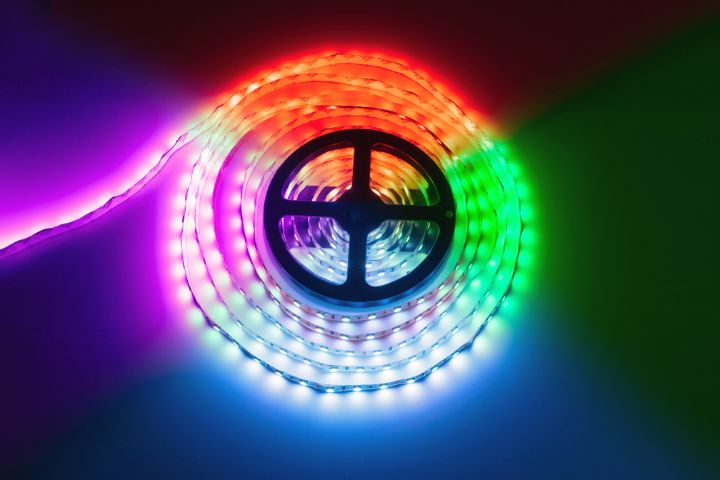
It’s natural for the occasional accident to occur and for there to be some spillage or exposure to steam, and LED lights are built to handle those one-off incidents, however, if your LED system is exposed to a large amount of liquid, it can cause fundamental damage to it.
Any form of moisture can severely affect the LED components which can lead to them rusting or even breaking. Similarly, if a large amount of liquid spills on the adhesive it can be quite damaging and render it useless.
In the unfortunate event of your LED coming in contact with high levels of moisture or liquids, switch the LED off, ideally from its mains, and move fast to dry all areas with a cloth. It is possible to buy weather-resistant LEDs (for outside use), however, even those can’t sustain heavy moisture exposure, such as being submerged in water.
FAQ’s
Can I receive any rebates, incentives or tax credits for switching to LED?
This is dependent on the state or country you are in and what the laws are at the time, however, it is not uncommon for there to be incentives or rebates handed out to those who choose to switch to LEDs as they are environmentally friendly.
It’s worth checking your local council, state or government website to check if they have any programmes on which you can benefit by switching to the LED option.
Is there a difference between a cheap LED and an expensive LED?
Like with most things, LEDs come in different qualities, so the amount you pay for them is reflective of that. Expensive LEDs are equipped with better-quality components which last longer, produce better-quality light, and are more resilient than their cheaper alternatives. Some even come with adjustable light settings. As is the rule of electronic goods, when it comes to LED lighting, you get what you pay for.

